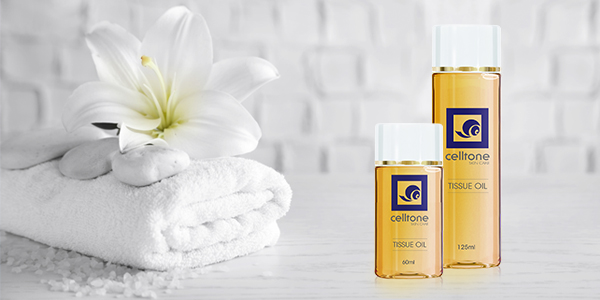Everybody suffers from periods of dry skin at some stage. Dry skin is generally a result of moderate damage to the outer layers of the skin and the skin’s inability to retain moisture. This can be due to sun damage, prolonged exposure to water or not applying moisturisers.
Dry skin can also be seasonal – skin does tend to be drier during the winter months when the air is dryer due to lack of moisture and higher usage of heaters.

Moderate or even severely dry skin is generally easy to treat and can be relieved by applying an excellent quality moisturiser regularly, reducing prolonged exposure to hot water in winter or by minimising time spent in the sun during summer. Drinking more water can also help address excessive dryness.
And while dry skin can be mildly uncomfortable and irritating, creams and lotions provide effective relief.
Eczema on the other hand can be extremely painful even debilitating, affecting one’s ability to concentrate and complete daily tasks. Dry skin is a skin type, while eczema is a skin condition.
The word eczema can be used to describe any skin condition involving a rash, but the true definition is atopic (a form of allergy) dermatitis (inflammation of the skin), a chronic skin condition that involves a red, itchy rash and dry skin that can occur all over the body.
The exact cause of eczema is not fully understood, but genetics are believed to play a significant role. The body’s immune system reacts, as if to an allergy, and provokes the breakout.
Eczema, however, can flare up at any time. Applying a moisturiser may provide temporary relief but does not provide effective treatment. In severe cases prescription corticosteroid creams or over-the-counter hydrocortisone creams will be needed to soothe inflammation and calm itching.
But how do you tell the difference?
People who have dry skin have rough, dry, red patches on their skin that itch and usually feels tight and stretched. Typically affected areas of the body are the arms, hands, lower legs, abdomen, ankles, and soles of the feet.
Eczema is severely itchy, which can cause cracked and bleeding skin. Sometimes the itching even starts before the rash appears. The rash itself commonly appears on the face, back of the knees, wrists, hands, and feet. The skin in these areas appears very dry, thickened, red, and sometimes scaly. Eczema can have fluid-filled blisters and red rashes that are not usually seen in regular dry skin.
Keep the skin well hydrated is however critical for both dry skin and eczema. In both cases you need to make sure that the cream you use does not aggravate the skin further – so it is best to avoid highly fragranced products that have alcohol, scents, dyes, and other skin-irritating chemicals.
Celltone Tissue Oil is ideal for dry, very dry and skin that is prone to eczema. The new range of Celltone Body Lotions and Creams will also relieve extreme dryness. Remember however that regardless of what cream you choose to use it is always best to do a patch test if you have extremely sensitive skin or if you suffer from severe eczema.

For more information on your choice of on Celltone Body Lotion and Cream as well as the rest of the Celltone range go to www.celltone.co.za.


